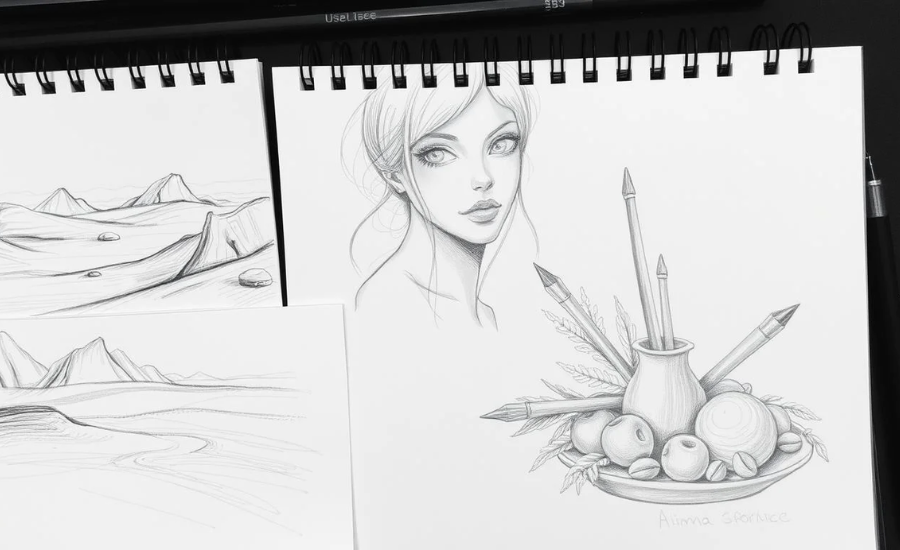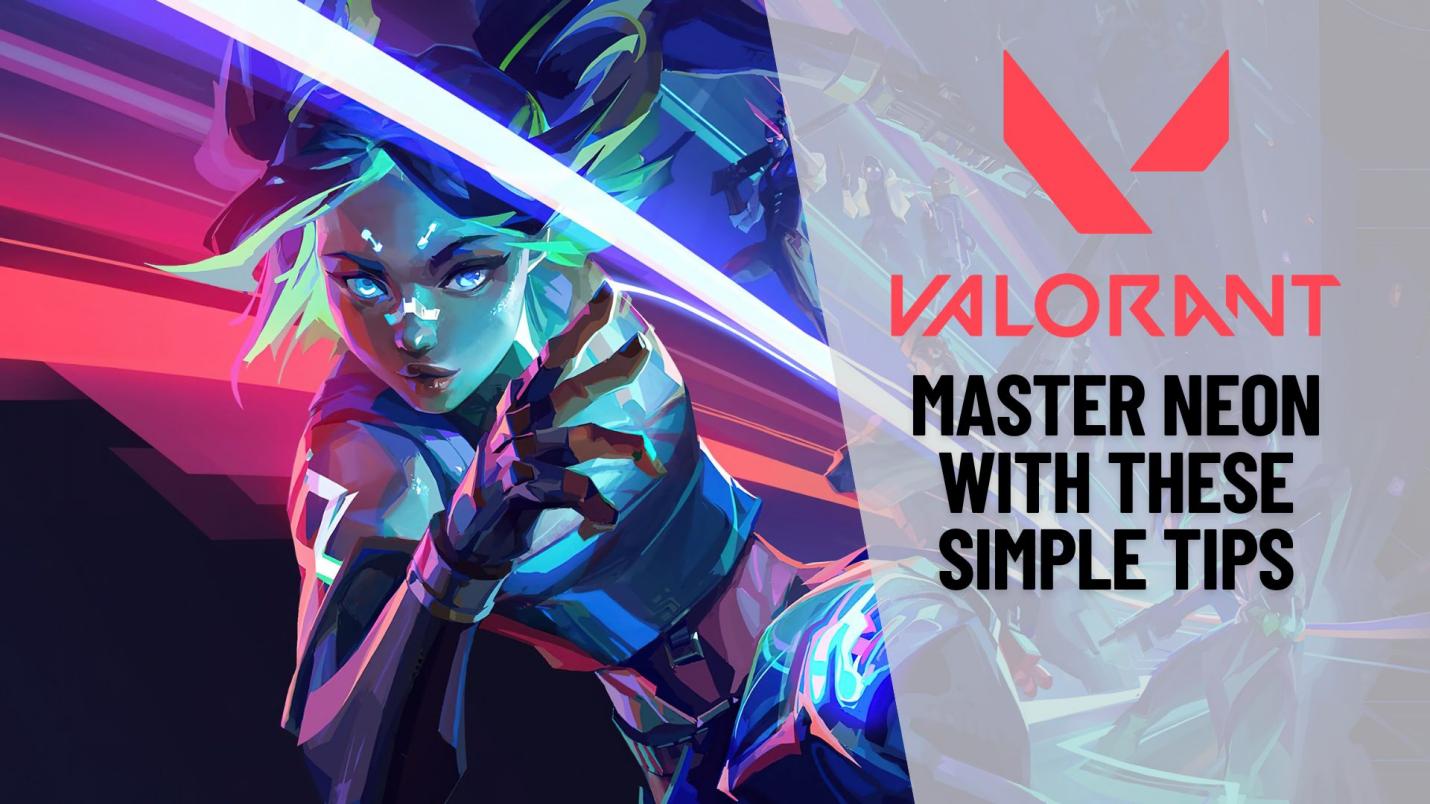Pencil:f9kdhkibbmm= Drawings stands out as a remarkably adaptable medium within the realm of art. For both novices and experienced artists alike, the combination of a pencil and paper offers endless possibilities for creating unique and captivating pieces. Even with the increasing popularity of digital art, the traditional pencil drawing maintains its significance and appeal among art enthusiasts. This medium goes beyond mere sketches; it embodies the mastery of techniques that can transform simple strokes into intricate, realistic representations. In this exploration, we will delve into the enduring allure of pencil drawings and share tips on how to refine your artistic skills.
Grasping the Basics of Pencil Drawings
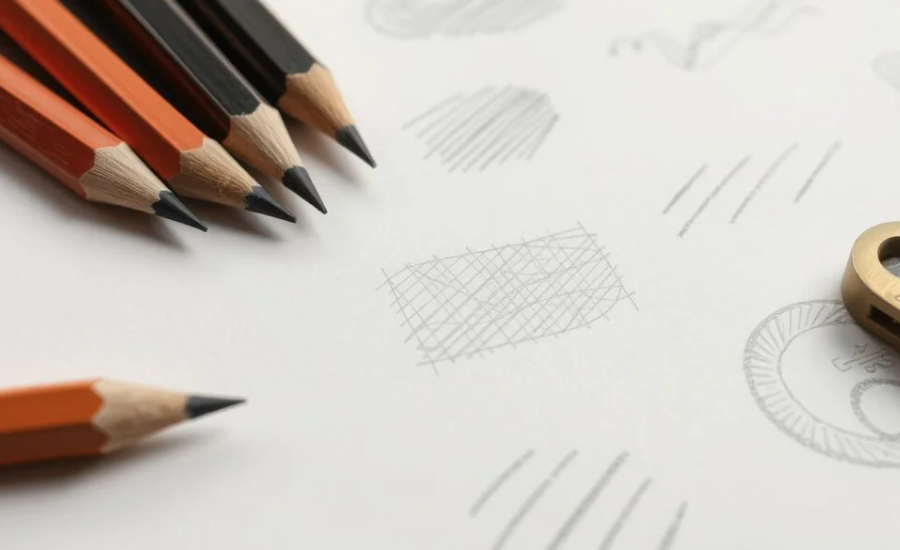
Pencil drawings are a captivating fusion of accuracy and artistic expression that have intrigued creators for centuries. Renowned for their ability to depict intricate details and gentle textures, these drawings are essential for both aspiring artists and seasoned professionals. By honing your skills in pencil drawing, you unlock a world of artistic opportunities, inspiring you to tap into your creative instincts. As you immerse yourself in this art form, you’ll encounter a variety of techniques, tools, and methods that enhance your mastery of this enduring craft, ultimately facilitating your growth as an artist and enriching your personal expression.
The Fundamental Tools for Pencil Drawing
To begin your pencil drawing journey, it’s essential to have the right tools at your disposal. Selecting high-quality pencils, categorized by hardness from H to B, is fundamental, as they influence the darkness and texture of your lines. For example, harder pencils create fine lines suitable for detailed work, while softer pencils offer richer tones, perfect for shading and adding depth to your pieces. Additionally, investing in high-quality paper specifically made for pencil drawing can greatly improve the texture and overall look of your artwork. Along with these, having dependable erasers, sharpeners, and blending tools is crucial for maximizing the potential of your creations and enhancing your overall drawing experience.
Examining Different Pencil Types for Best Results
When embarking on pencil drawing, grasping the different types of pencils available can significantly impact your artistic outcomes. Pencils are generally divided into two primary categories: hard and soft. Hard pencils, indicated by an H, create lighter lines, making them ideal for intricate details, while soft pencils, marked with a B, produce darker lines, perfect for shading and adding depth. This variety allows artists to experiment with numerous techniques and effects, helping them select the right pencil for each unique element of their work. By familiarizing yourself with these distinctions, you’ll enhance your control over your artistic expression and cultivate your own distinctive style.
Techniques for Mastering Pencil Drawing
Mastering a variety of techniques is essential for producing captivating pencil drawings. Among the fundamental methods are hatching and cross-hatching, which involve creating parallel or intersecting lines to add texture and depth to your work. Stippling, which uses small dots, introduces a distinctive dimension, offering intriguing visual effects that elevate the overall appeal of your pieces. Additionally, blending techniques, achieved with tools like blending stumps or tortillons, enable smoother transitions between light and dark areas, enhancing the realism of your drawings. As you practice and refine these techniques, you’ll find that they significantly transform your artistic approach, allowing you to create more compelling artwork.
The Significance of Shading in Pencil Drawings
Shading plays a crucial role in pencil drawings, infusing your artwork with life and dimension. By grasping how light interacts with different surfaces, you can create realistic shadows and highlights that add depth and volume to your subjects. Techniques such as gradient shading, which involves a smooth transition from dark to light, help to establish a three-dimensional appearance. Furthermore, incorporating cast shadows can enhance the realism of your pieces, effectively anchoring your subjects within their surroundings. By mastering various shading techniques, you can elevate your pencil drawings, transforming flat images into lifelike representations that engage and captivate your audience.
Essential Tools for Pencil Drawing
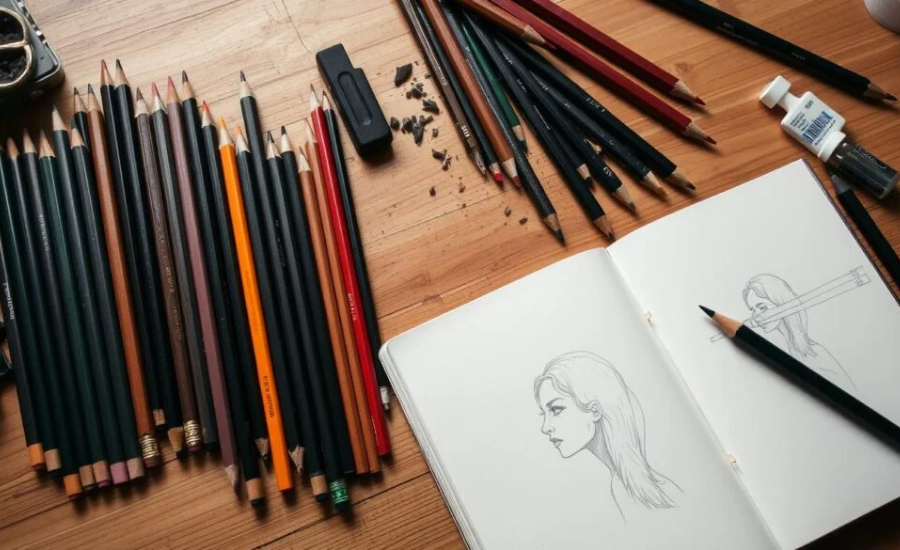
Types of Pencils for Drawing
A variety of pencils can be utilized for drawing, each serving a unique purpose. Graphite pencils are the most common, available in a spectrum of hardness ratings from H (hard) to B (soft). Softer pencils, such as 6B, are excellent for shading due to their rich, dark tones, while harder pencils, like 2H, are ideal for producing fine lines and intricate details. Additionally, charcoal and colored pencils offer different textures and effects, allowing for diverse artistic expressions.
Choosing the Right Paper for Pencil Drawings
Selecting the appropriate paper is vital for pencil artists. Heavier papers with a textured surface, often referred to as having a “tooth,” are perfect for holding layers of graphite effectively. In contrast, smooth papers are better suited for detailed work and fine lines, while textured options add depth and dimension to your drawings, enhancing their overall appearance.
Essential Tools: Erasers, Blending Tools, and More
Erasers play a significant role beyond simply correcting errors; they can also be used to create highlights in your artwork. Blending tools, such as blending stumps or even tissue paper, are invaluable for softening edges and achieving smooth transitions between light and shadow. Additional tools like rulers, sharpeners, and kneaded erasers are essential for refining your drawing techniques and enhancing the quality of your work.
Fundamental Techniques for Pencil Drawing
Shading Techniques
Shading is essential for adding depth and dimension to your pencil drawings. By adjusting the pressure applied to the pencil and layering the graphite, you can create a range of light, medium, and dark tones that convey a three-dimensional effect in your artwork.
Cross-Hatching and Blending
Cross-hatching is a technique that employs intersecting lines to develop tone and texture within a drawing. Meanwhile, blending involves smoothing out harsh lines using a tool, allowing you to create gradients that enhance the realism of your work.
Sketching vs. Detailed Drawings
Sketching is typically more spontaneous and free-form, making it an excellent practice tool for honing your observational skills. In contrast, detailed pencil drawings demand greater precision and control, enabling you to master line quality and texture. While sketching serves as a foundation for your artistic development, detailed work allows you to refine your techniques and achieve more polished results.
The Importance of Light and Shadow in Pencil Drawings
How to Create Depth with Light and Shadow
Utilizing light and shadow can profoundly enhance a drawing, transforming it from a flat image into a vibrant, lifelike representation. By grasping how light interacts with various objects, you can establish a sense of depth. The contrast between darker areas (shadows) and lighter regions (highlights) contributes to the overall realism of your artwork.
Common Mistakes When Applying Light and Shadow
One frequent mistake artists make is introducing too much contrast too soon or failing to blend effectively. To refine your shading skills, practice observing the subtle transitions between light and dark in real-life scenarios. This observation will help you understand how to achieve smoother gradations and enhance the overall quality of your drawings.
Advanced Techniques for Pencil Drawing
Layering Techniques for Texture
To create a more dynamic and textured drawing, layering various grades of graphite is essential. This method is particularly effective in hyperrealistic art, where the objective is to closely mimic a real image. By strategically applying different pencil grades, artists can enhance the richness and depth of their work, resulting in a more compelling visual experience.
Hyperrealism in Pencil Drawing
Hyperrealism represents an advanced approach to pencil drawing that emphasizes extreme detail, aiming to produce artwork that resembles a photograph. Achieving this high level of precision demands a comprehensive understanding of anatomy, light, and texture. Mastering these elements allows artists to create stunning, lifelike representations that captivate viewers and push the boundaries of traditional drawing techniques.
Finding Inspiration: Subjects for Pencil Art
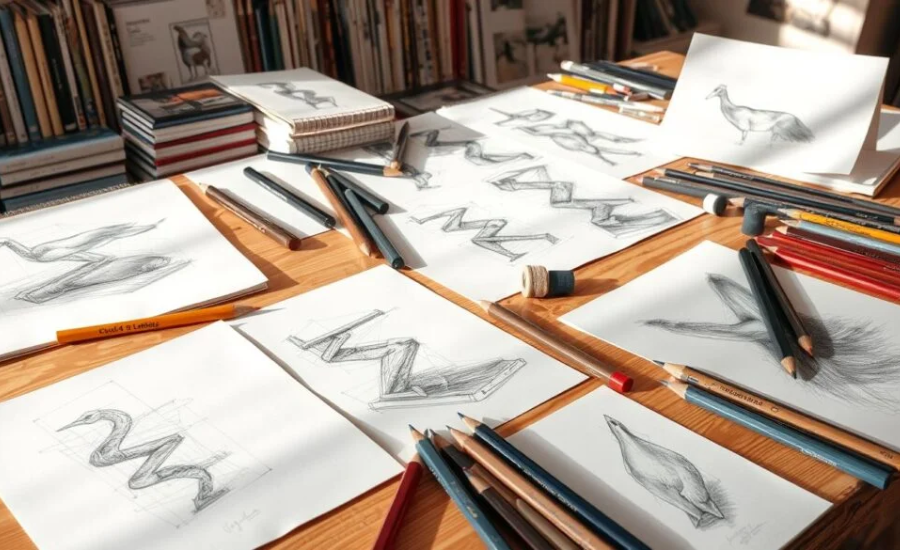
Portraits
Creating portraits is among the most cherished subjects in pencil art. The challenge of capturing human expression and emotion through pencil strokes is not only demanding but also incredibly fulfilling. Successfully depicting the subtleties of a person’s face can lead to a profound connection between the artist and the subject.
Landscapes
Landscapes present an excellent opportunity for artists to delve into perspective, composition, and the interplay of light. By illustrating natural features such as trees, mountains, and bodies of water, artists can practice a range of techniques that enhance their overall skill set and deepen their understanding of spatial relationships in art.
Still Life
Still life drawing allows artists to concentrate on texture and intricate details, making it a fantastic subject for honing shading and line work. By carefully observing and rendering inanimate objects, artists can improve their ability to convey realism and develop their unique artistic voice.
Final Words
Pencil drawing remains a remarkably versatile medium, offering endless opportunities for artistic expression, whether you’re a beginner or an experienced artist. With the right tools and techniques, you can create captivating pieces that convey emotion and realism. By mastering shading, layering, and the interplay of light and shadow, you can transform simple lines into intricate representations that come alive on paper.
Whether you choose to focus on portraits, landscapes, or still life, each subject allows you to explore different aspects of pencil art, enhancing your skills and deepening your understanding of form and composition. As you refine your artistic techniques, pencil drawings can become a powerful means of personal expression, showcasing your unique style and vision. Embrace this timeless medium, and let your creativity flourish as you delve into the world of pencil:f9kdhkibbmm= drawings.
Stay in the loop for upcoming updates and alerts! Insight Rays
